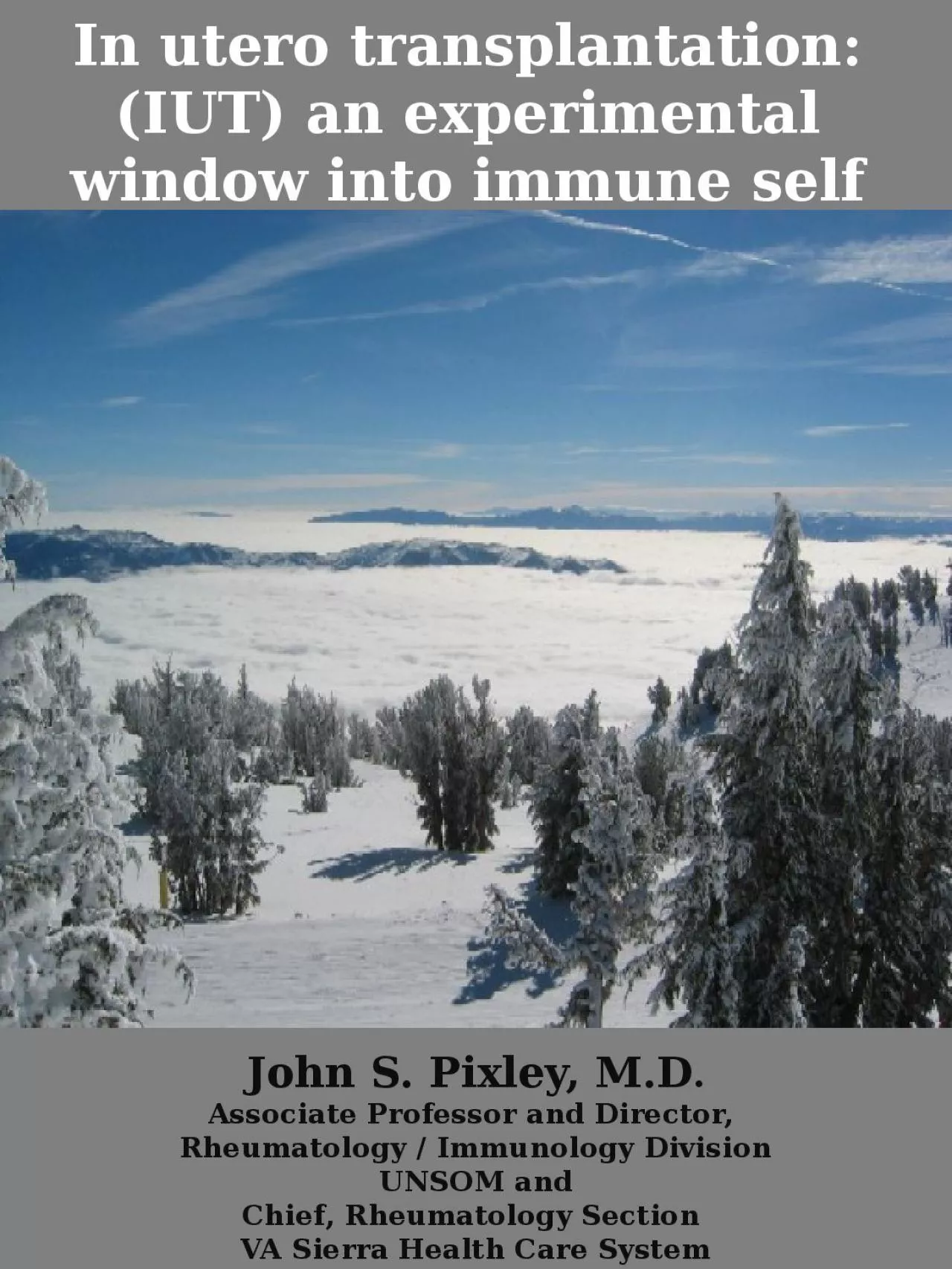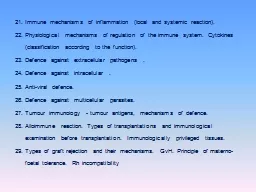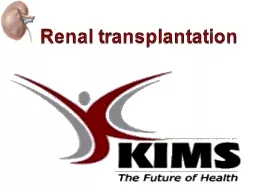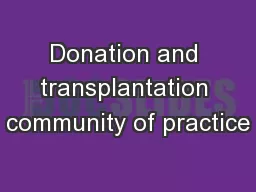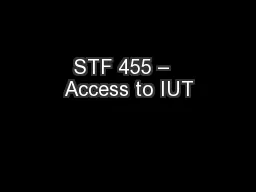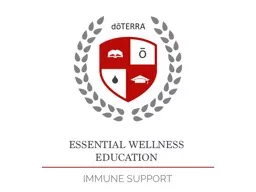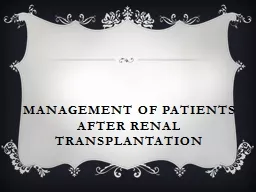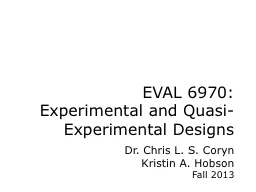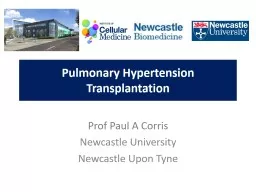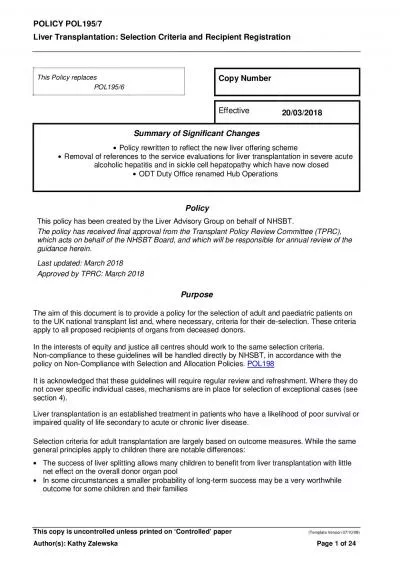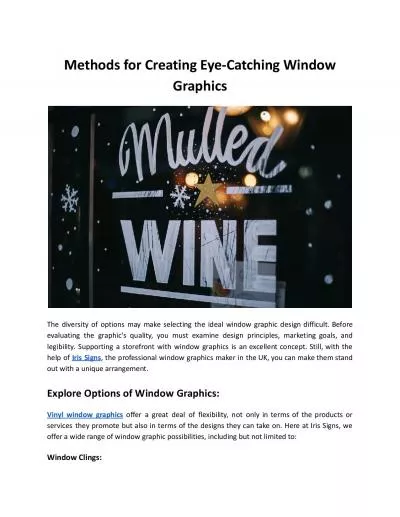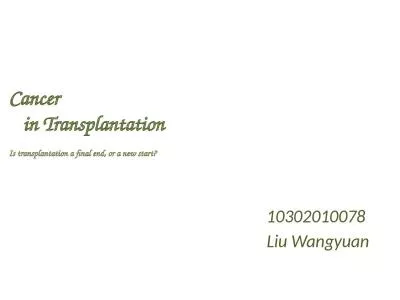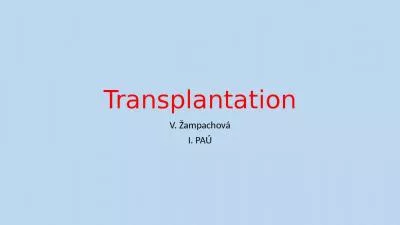PPT-In utero transplantation: (IUT) an experimental window into immune self
Author : mia | Published Date : 2023-11-22
Basic and applied implications John S Pixley MD Associate Professor and Director Rheumatology Immunology Division UNSOM and Chief Rheumatology Section VA Sierra
Presentation Embed Code
Download Presentation
Download Presentation The PPT/PDF document "In utero transplantation: (IUT) an exper..." is the property of its rightful owner. Permission is granted to download and print the materials on this website for personal, non-commercial use only, and to display it on your personal computer provided you do not modify the materials and that you retain all copyright notices contained in the materials. By downloading content from our website, you accept the terms of this agreement.
In utero transplantation: (IUT) an experimental window into immune self: Transcript
Download Rules Of Document
"In utero transplantation: (IUT) an experimental window into immune self"The content belongs to its owner. You may download and print it for personal use, without modification, and keep all copyright notices. By downloading, you agree to these terms.
Related Documents

